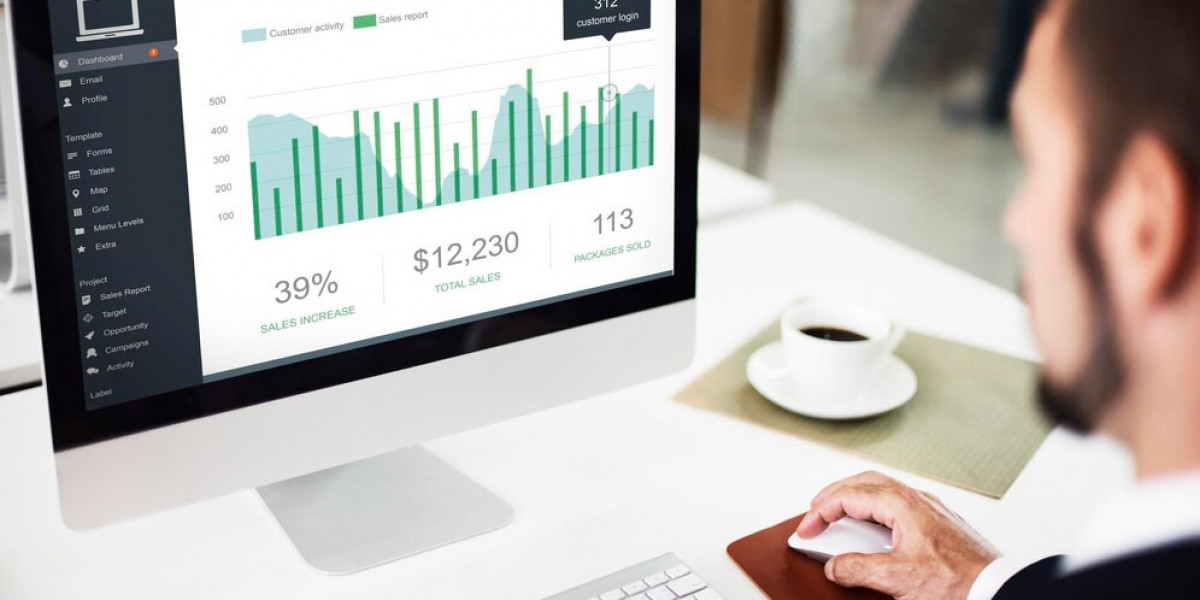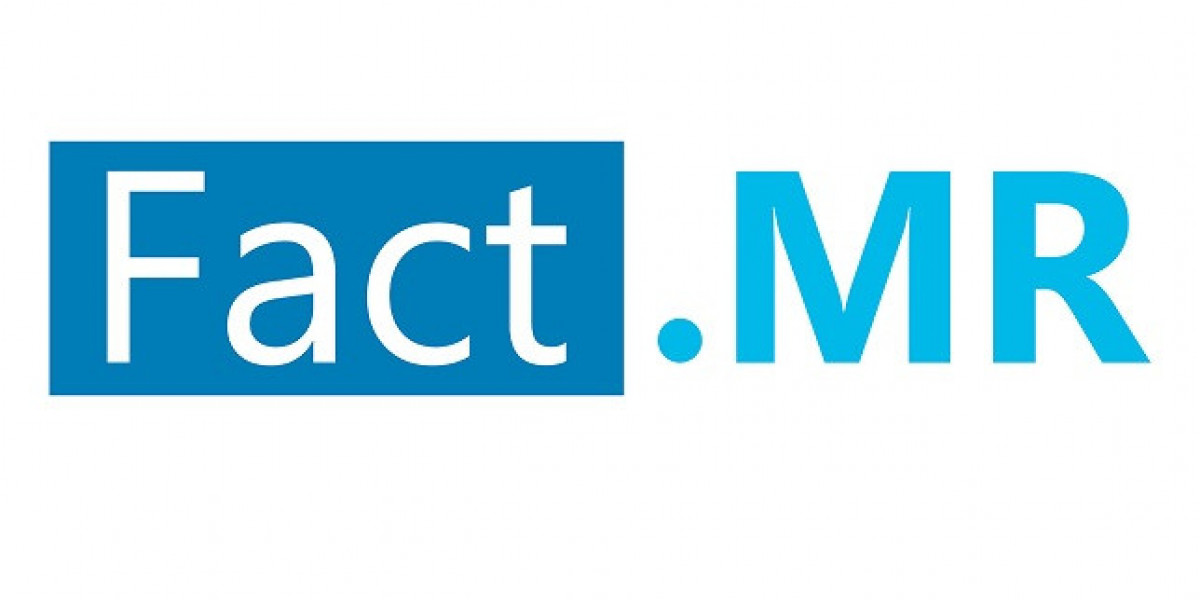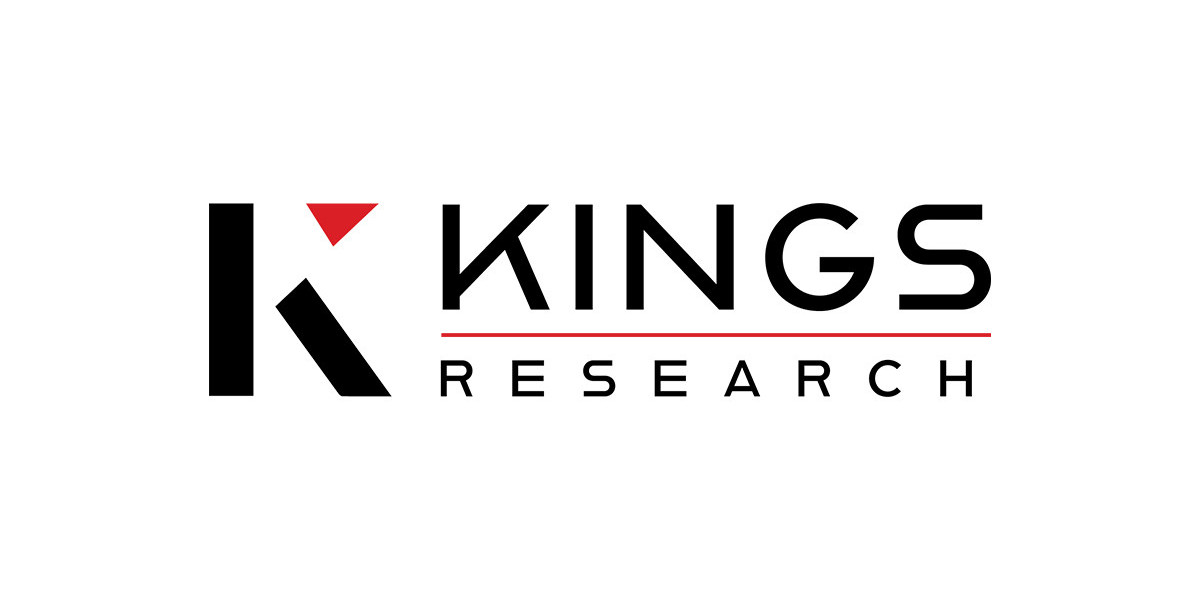Enterprise Resource Planning (ERP) software is the backbone of modern business operations, enabling companies to streamline workflows, manage data efficiently, and enhance decision-making processes. However, implementing an ERP system is not a one-time event; it requires ongoing maintenance and upgrades to ensure optimal performance, security, and compliance with industry regulations. Regularly maintaining and upgrading ERP software, such as SAP S/4HANA, is crucial for businesses looking to stay competitive and efficient.
What is ERP Maintenance?
ERP maintenance encompasses continuously monitoring, updating, and optimizing an ERP system to ensure it functions seamlessly. Proper maintenance helps businesses avoid unexpected system failures, ensuring their operations remain uninterrupted. For companies that rely heavily on ERP software, consistent updates can enhance data accuracy, improve system security, and support business growth.
Why ERP Maintenance Matters
Minimizing Downtime: Regular maintenance prevents unexpected failures that could disrupt business operations.
Data Integrity: Ensuring accurate and up-to-date data is essential for inventory management, financial reporting, and customer relationship management.
Compliance and Security: Businesses handling sensitive client data must ensure their ERP systems comply with security protocols to prevent breaches.
Scalability: Upgraded ERP systems can handle increasing transaction volumes as businesses expand.
Cost Efficiency: Addressing minor system issues early prevents expensive repairs or overhauls in the future.
Types of ERP Maintenance
ERP maintenance can be categorized into various types, each serving a specific purpose in keeping the system running smoothly.
1. Preventive Maintenance
Preventive maintenance is a proactive approach to ERP management, aiming to resolve potential issues before they occur. It includes:
Regular software updates to incorporate the latest features and bug fixes
Monitoring system performance to detect and address bottlenecks
Data indexing, archiving, and cleanup to maintain data integrity
Routine backups to prevent data loss due to failures or cyber-attacks
Hardware upgrades to support increasing data loads and business expansion
2. Corrective Maintenance
This reactive approach focuses on identifying and fixing existing issues within the ERP system. Corrective maintenance includes:
Conducting root cause analysis to diagnose system problems
Restoring affected data to ensure operational continuity
Repairing or replacing faulty hardware components
Implementing data recovery plans in case of significant data loss
3. Adaptive Maintenance
Adaptive maintenance involves modifying the ERP system to align with new business requirements and regulations. It includes:
Incorporating predictive analytics to manage evolving order demands
Integrating specialized software for enhanced functionalities beyond ERP’s core capabilities
Adding new modules, features, and integrations to support business scalability
Updating workflows and processes to reflect changes in business strategies
Enhancing security protocols to protect against emerging cyber threats
4. Perfective Maintenance
Perfective maintenance focuses on improving system performance and usability, even when no major issues are present. It involves:
Enhancing existing features to improve functionality and efficiency
Upgrading the ERP interface for a more intuitive user experience
Adding new report templates to enhance data analysis and visualization
Gathering user feedback to identify areas for improvement
Steps for Effective ERP Maintenance
To ensure your ERP for business remains efficient, follow these strategic steps:
1. Develop an ERP Maintenance Plan
A structured maintenance plan ensures systematic updates and upgrades. Key elements of an effective plan include:
Establishing clear procedures for identifying and fixing system bugs
Defining roles and responsibilities for IT personnel and vendors
Scheduling routine maintenance tasks, including backups and performance monitoring
Creating emergency response checklists for system failures
Implementing a communication plan for reporting system issues
2. Conduct Regular Functional Reviews
As business needs evolve, periodic ERP evaluations ensure system alignment with organizational goals. Key review questions include:
Is the ERP system meeting performance expectations?
Are there any recurring system slowdowns or downtime incidents?
How efficiently is the system handling transaction volumes?
Are security measures sufficient for upcoming expansion plans?
3. Understand Vendor Service Agreements
Familiarizing yourself with your ERP vendor’s service-level agreements (SLAs) helps set realistic expectations regarding maintenance support. Important considerations include:
Response and resolution times for system issues
Escalation processes for unresolved complaints
Data migration procedures when transitioning to a new ERP system
4. Implement Strong Security Measures
A secure ERP system is vital to protecting business data. Key security practices include:
Restricting user access and regularly reviewing permissions
Implementing multi-factor authentication (MFA) for added security
Encrypting sensitive data during transfers and storage
Testing security patches in a controlled environment before deployment
5. Evaluate In-House vs. Outsourced Maintenance
Assess whether your IT team has the expertise to handle ERP maintenance or if outsourcing is a more cost-effective option. Factors to consider include:
Team knowledge of ERP system architecture and compliance requirements
Ability to troubleshoot potential ERP issues promptly
Familiarity with your organization’s maintenance plan and security protocols
The Cost of ERP Maintenance
ERP maintenance costs vary depending on company size, complexity, and integration requirements. Key cost components include:
Annual Maintenance Fees: Typically 15%–25% of the software license cost, covering updates and support
Customization Costs: More complex ERP systems require higher customization expenses
Integration Maintenance: Ensuring compatibility with existing tools often incurs additional costs
Performance Monitoring: Large enterprises may need dedicated resources for ERP performance optimization
Common ERP Maintenance Mistakes to Avoid
Neglecting Regular Updates: Delaying updates can lead to security vulnerabilities and inefficiencies.
Ignoring User Feedback: User insights help identify potential improvements
Inadequate Data Backups: Failure to back up data can result in significant business disruptions.
Lack of Security Measures: Weak security protocols increase the risk of data breaches.
Overlooking Scalability Needs: An ERP system should evolve alongside business growth.
Conclusion
ERP maintenance and upgrades are essential for business efficiency, security, and scalability. A well-maintained ERP software solution like SAP S/4HANA ensures smooth operations, minimizes downtime, and supports long-term business growth. By adopting a proactive maintenance strategy, businesses can optimize their ERP systems to drive success in a dynamic market landscape. Regularly evaluating system performance, implementing security enhancements, and staying informed on vendor updates will help businesses maximize their ERP investment and maintain a competitive edge.







